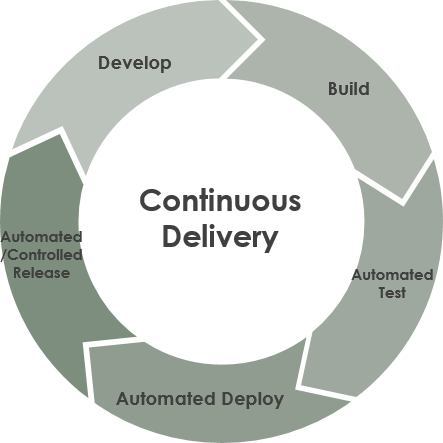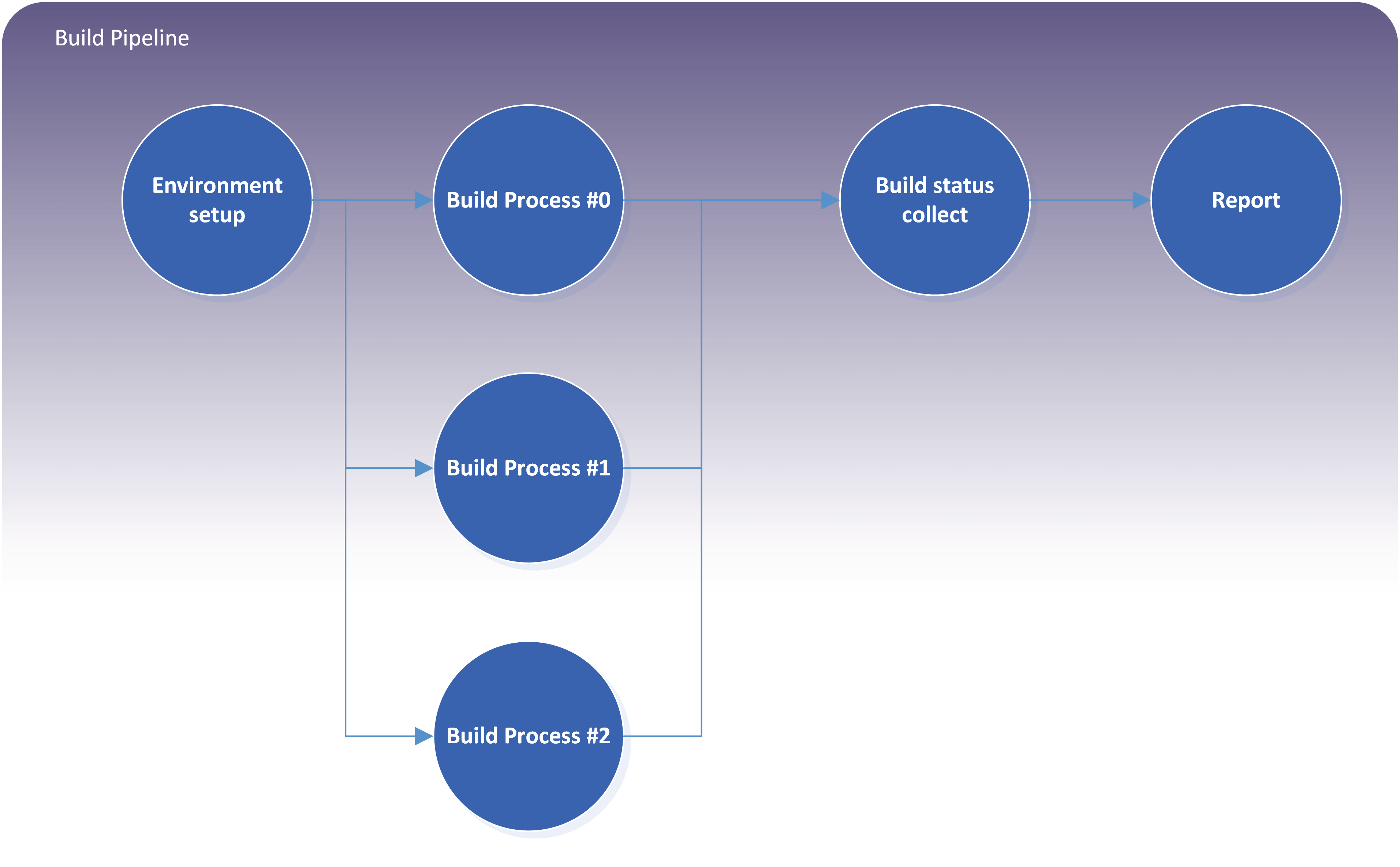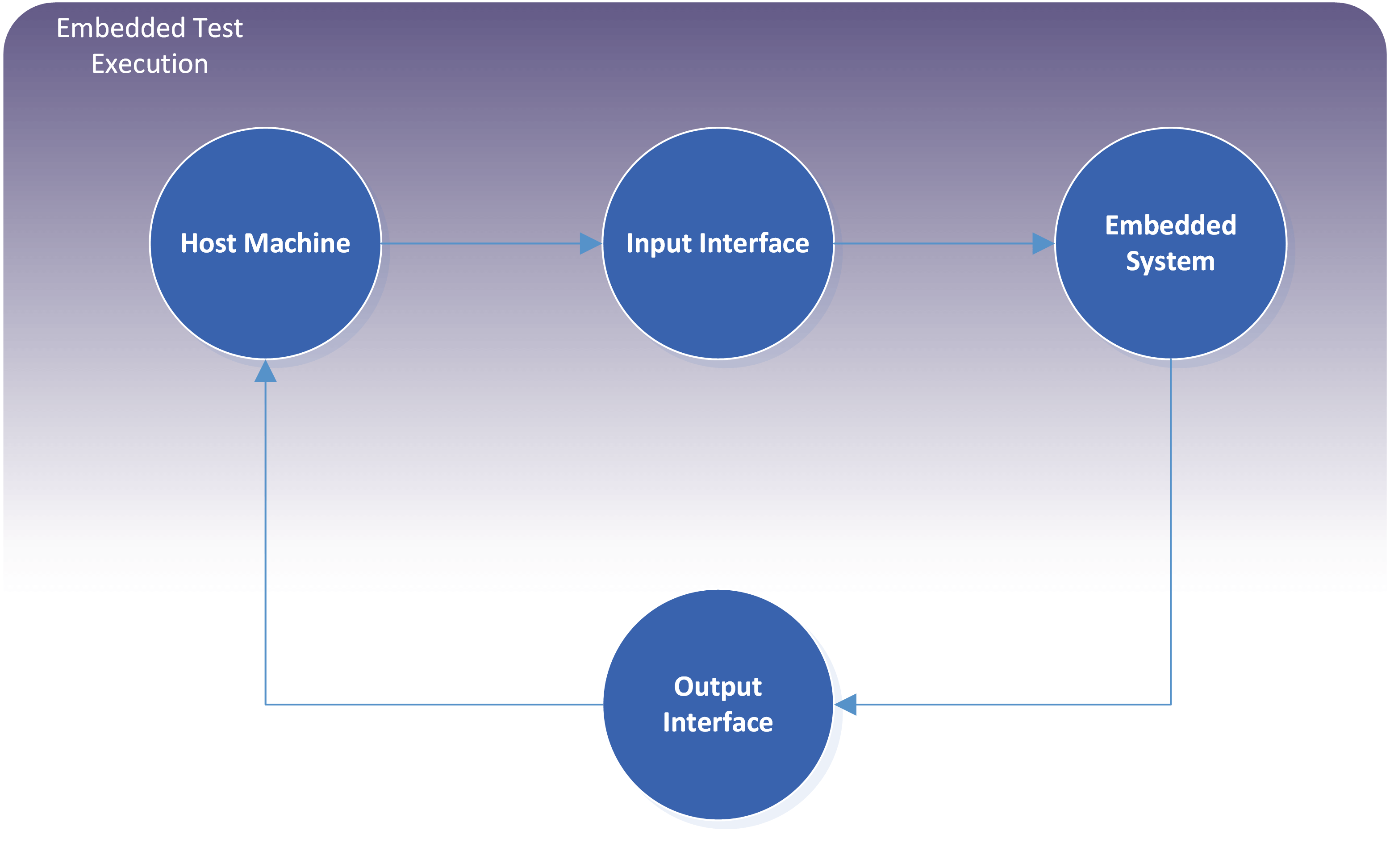We are experts at CI for embedded products
A2e is an expert at CI and has developed multiple CI systems for a wide range of applications including embedded systems. We can help specify, design, implement and train your team on how to use the CI System we design or operate it for them.
The goal of Continuous Integration (CI) is to provide on-demand and periodic testing for a variety of custom solutions that may or may not include hardware.
The CI process is divided into four steps:


This step verifies that the source code meets the required coding guidelines. This is done by analyzing the code against a set (or multiple sets) of coding rules. One example of this rule is avoiding trailing whitespaces or adhering to a specific line ending format.
The build process generates the necessary files for execution. Here the server compiles the source code (or cross-compiles it for non-host environments), synthesize the hardware description, or a combination of them to generate the required binaries to run the target application. The CI system will validate the output files were generated successfully before archiving and proceeding to the next step.

After the output code is generated, the CI system will execute the application in either the host machine or in an embedded system. The status of the application is generally obtained by processing the execution logs. If the application runs in an embedded device the host machine uses a communication channel to access the run time information.
The next figure depicts the test execution process with hardware in the loop. The input/output interface is usually serial communication with the host, but it can vary depending on the application.

The report step compresses all the build and test information into a single file which is auto generated by the CI process after test execution.
With a short call or email exchange we can understand what your CI requirements are and can provide options on how we can help.